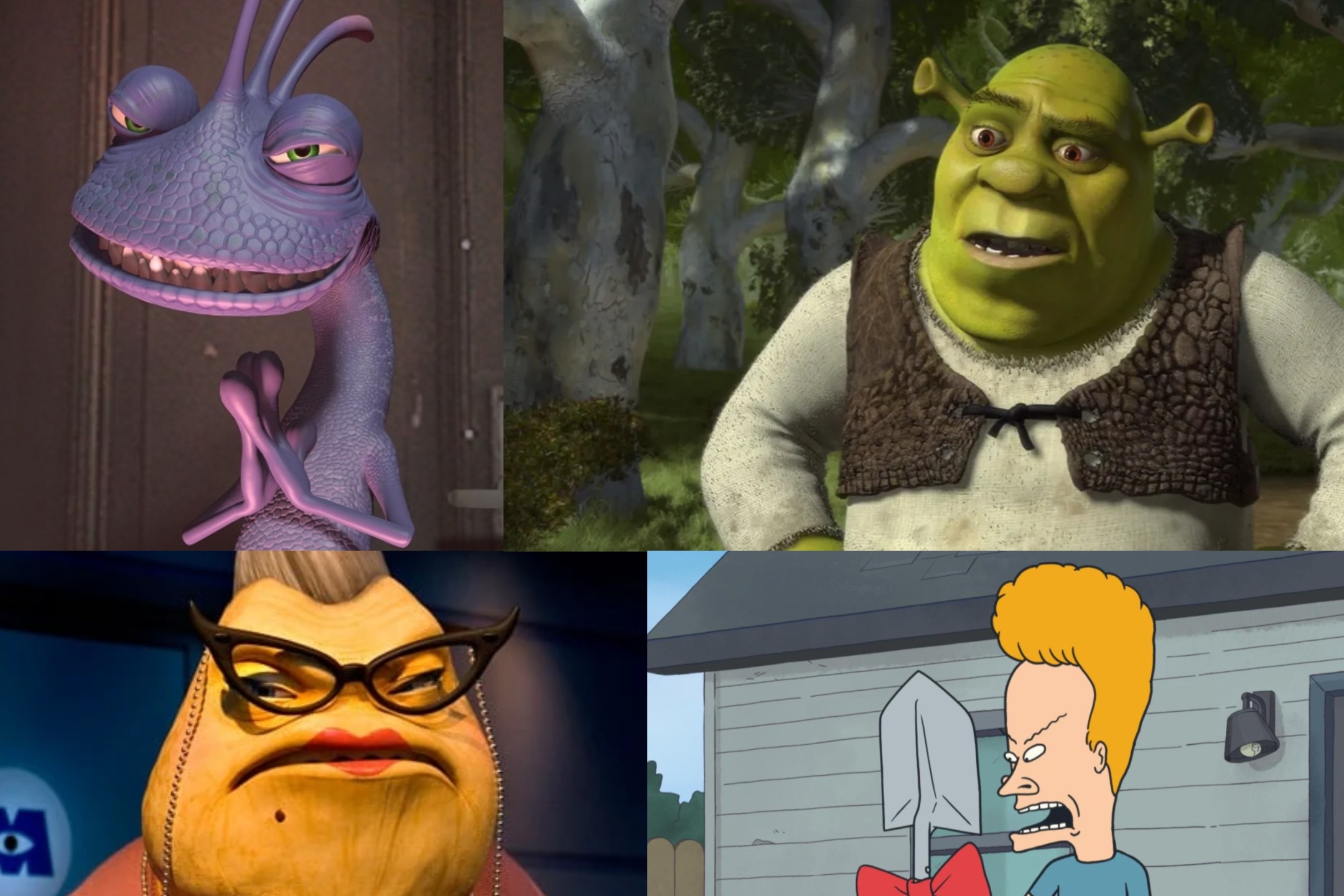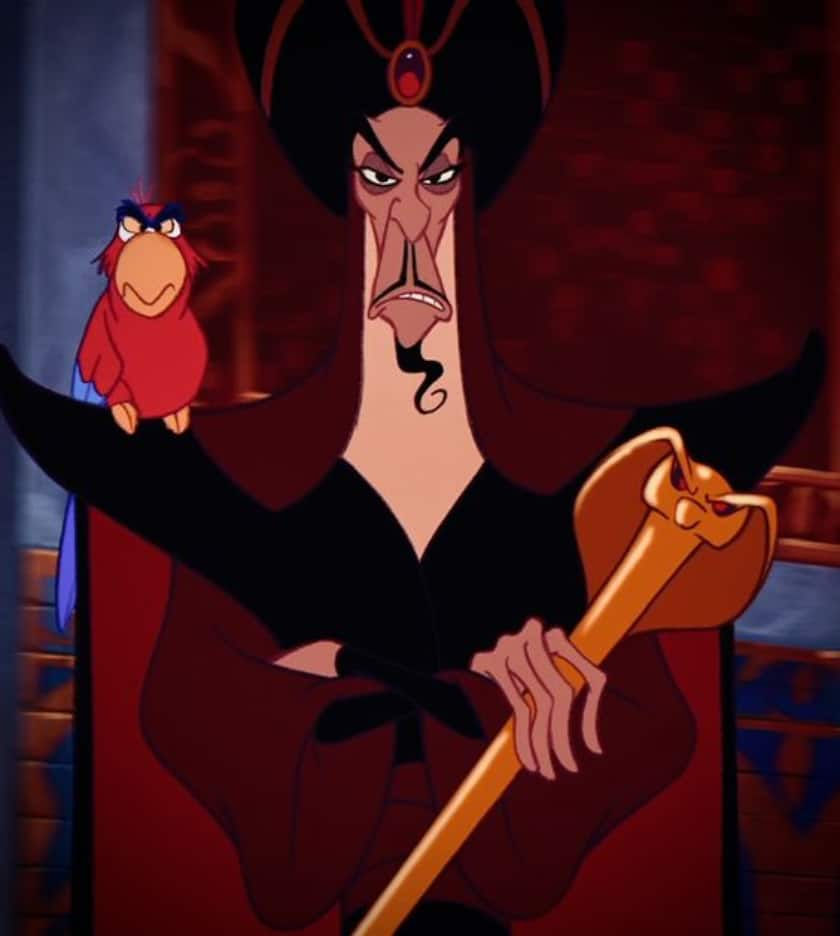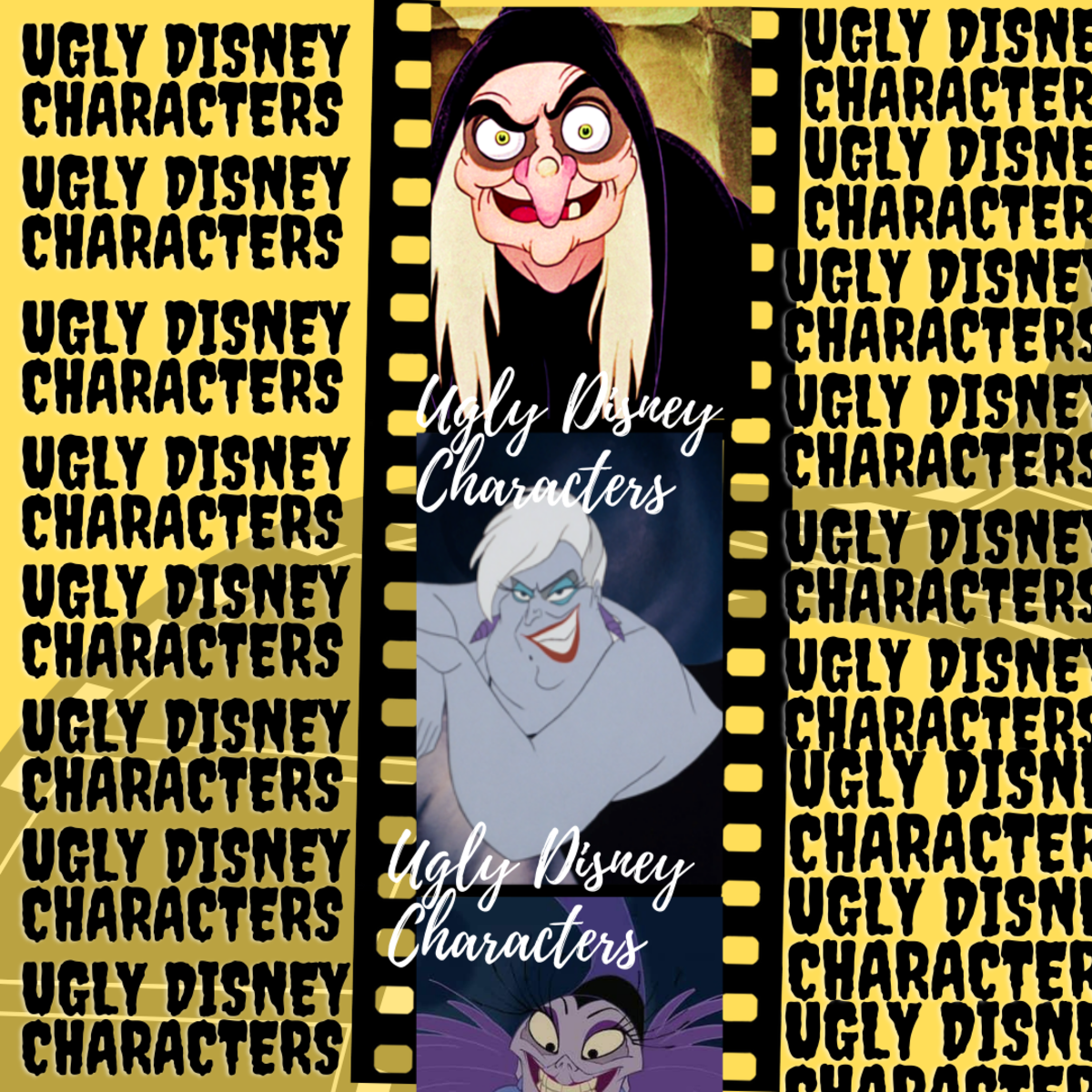Let’s be real here, folks. When you think about ugly characters, your mind might instantly jump to those villains or quirky sidekicks that leave a lasting impression. But guess what? These so-called "ugly characters" aren’t just there to fill space—they play a critical role in storytelling. They challenge our perceptions, evoke emotions, and even teach us valuable lessons about humanity. So, buckle up, because we’re diving deep into the world of ugly characters and why they’re more lovable than you’d think.
You might be wondering, “Why should I care about ugly characters?” Well, my friend, it’s not just about their looks—it’s about their stories. These characters often represent the underdogs, the misfits, and the ones who break the mold. They remind us that beauty isn’t always skin-deep, and sometimes, the most memorable characters are the ones who don’t fit the traditional Hollywood standards.
In this article, we’ll explore the fascinating world of ugly characters, from their origins in literature and film to their impact on modern storytelling. Whether you’re a fan of classic literature or a binge-watching enthusiast, there’s something here for everyone. Let’s get started!
Read also:Green Pond Animal Care Center Your Trusted Companion For Pet Wellness
What Are Ugly Characters Anyway?
Let’s clear the air—ugly characters aren’t necessarily ugly in the conventional sense. In the world of storytelling, these characters are often defined by their unconventional appearances, quirky traits, or even their flaws. Think about characters like Shrek, Quasimodo, or even Gollum from Lord of the Rings. They might not win any beauty contests, but they sure steal the spotlight.
Ugly characters are often used to challenge societal norms and expectations. They force us to look beyond physical appearance and focus on what truly matters—character, personality, and depth. These characters remind us that imperfections are what make us human and relatable.
Why Do We Love Ugly Characters?
Now, here’s the million-dollar question: Why do we love ugly characters so much? It’s simple—they’re real. Unlike the perfectly sculpted heroes we often see in movies, ugly characters are flawed, messy, and unpredictable. They resonate with us on a deeper level because they reflect the complexities of real life.
Take Shrek, for example. He’s a grumpy ogre with a temper, but his journey of self-discovery and acceptance is something we can all relate to. Or consider Quasimodo from The Hunchback of Notre Dame. His physical deformities make him an outcast, but his kindness and courage make him a true hero.
Breaking Stereotypes with Ugly Characters
Ugly characters are masters at breaking stereotypes. In a world where beauty is often equated with goodness, these characters challenge that notion. They remind us that villains can be attractive, and heroes can be unattractive. It’s all about the story, not the packaging.
- Shrek: The grumpy ogre who teaches us about self-acceptance.
- Quasimodo: The hunchback who proves that kindness knows no bounds.
- Gollum: The tragic figure whose inner struggles make him unforgettable.
The Evolution of Ugly Characters in Literature
Ugly characters have been around for centuries, long before the age of CGI and special effects. In literature, they often serve as a mirror to society, reflecting its fears, desires, and prejudices. From Mary Shelley’s Frankenstein to Charles Dickens’ Fagin, these characters have left an indelible mark on the literary world.
Read also:Kp Rutland A Comprehensive Guide To The Rising Star
What’s fascinating is how these characters have evolved over time. In the past, they were often portrayed as villains or outcasts. But in modern storytelling, ugly characters are increasingly being celebrated for their uniqueness and depth. They’re no longer just sidekicks—they’re the stars of the show.
Famous Ugly Characters in Literature
Let’s take a quick look at some of the most iconic ugly characters in literature:
- Frankenstein’s Monster: A tragic figure whose ugliness stems from societal rejection.
- Fagin: The cunning thief from Oliver Twist whose moral ambiguity makes him complex.
- Quasimodo: The hunchback whose physical deformities are overshadowed by his inner beauty.
The Impact of Ugly Characters in Film and TV
When it comes to film and TV, ugly characters have had a profound impact on popular culture. They’ve become household names, beloved by audiences worldwide. From Shrek to Gollum, these characters have redefined what it means to be a hero or a villain.
What makes these characters so impactful? It’s their ability to evoke strong emotions. They make us laugh, cry, and even cheer for them despite their flaws. They remind us that imperfections are what make us unique and special.
Modern Examples of Ugly Characters
Here are some modern examples of ugly characters that have captured our hearts:
- Groot from Guardians of the Galaxy: A tree-like creature whose simplicity and charm make him unforgettable.
- Hagrid from Harry Potter: The gentle giant whose kindness and loyalty make him a fan favorite.
- Bender from Futurama: The sarcastic robot whose humor and wit make him a standout character.
The Psychology Behind Loving Ugly Characters
So, why do we love ugly characters so much? The answer lies in psychology. Studies have shown that people are naturally drawn to characters who reflect their own imperfections and struggles. Ugly characters remind us that it’s okay to be different, to be flawed, and to embrace who we are.
Moreover, these characters often undergo transformative journeys that resonate with us on a personal level. They teach us valuable lessons about self-acceptance, empathy, and resilience. In a world that often values perfection, ugly characters remind us that imperfection is beautiful.
Key Takeaways from Psychology
- Ugly characters reflect our own imperfections and struggles.
- They teach us valuable lessons about self-acceptance and empathy.
- They challenge societal norms and expectations about beauty.
The Role of Ugly Characters in Modern Storytelling
In modern storytelling, ugly characters are more important than ever. They represent diversity, inclusivity, and the celebration of individuality. As audiences become more diverse, storytellers are embracing characters that reflect the complexities of real life.
Moreover, ugly characters are often used to tackle important social issues, such as body positivity, mental health, and discrimination. They give a voice to the voiceless and shine a light on the marginalized. In doing so, they create a more inclusive and empathetic world.
Challenging Societal Norms
Ugly characters are masters at challenging societal norms. They remind us that beauty isn’t just about physical appearance—it’s about character, personality, and depth. They encourage us to look beyond surface-level judgments and embrace the richness of human diversity.
How Ugly Characters Impact Audience Perception
Ugly characters have a profound impact on audience perception. They challenge our preconceived notions about beauty and encourage us to think critically about the world around us. They make us question why we judge people based on their appearance and remind us that true beauty lies within.
Moreover, these characters have the power to change hearts and minds. They inspire empathy, understanding, and compassion. They remind us that everyone has a story, and sometimes, the most unlikely characters can teach us the most valuable lessons.
Building Empathy Through Ugly Characters
Empathy is at the heart of what makes ugly characters so impactful. By stepping into their shoes, we gain a deeper understanding of their struggles and triumphs. We see the world through their eyes and realize that we’re all more alike than we are different.
The Future of Ugly Characters in Storytelling
As storytelling continues to evolve, the role of ugly characters will only become more important. They represent the future of diversity, inclusivity, and representation in media. As audiences become more diverse, storytellers will continue to embrace characters that reflect the complexities of real life.
Moreover, ugly characters will play a critical role in tackling important social issues, such as mental health, body positivity, and discrimination. They’ll give a voice to the voiceless and shine a light on the marginalized. In doing so, they’ll create a more inclusive and empathetic world.
Trends to Watch in Ugly Character Storytelling
- Increased focus on diversity and representation.
- Exploration of complex social issues through character arcs.
- Celebration of individuality and uniqueness in storytelling.
Conclusion: Embracing the Beauty of Ugly Characters
In conclusion, ugly characters are more than just quirky sidekicks or unconventional heroes—they’re a reflection of our humanity. They challenge our perceptions, evoke emotions, and teach us valuable lessons about life. Whether you’re a fan of classic literature or modern storytelling, there’s no denying the impact of ugly characters on popular culture.
So, the next time you encounter an ugly character in a story, take a moment to appreciate their depth and complexity. They might not be conventionally beautiful, but they’re undoubtedly unforgettable. And who knows? You might just find yourself rooting for them every step of the way.
What’s your favorite ugly character? Let us know in the comments below, and don’t forget to share this article with your friends. Together, let’s celebrate the beauty of imperfection!
Table of Contents
- What Are Ugly Characters Anyway?
- Why Do We Love Ugly Characters?
- Breaking Stereotypes with Ugly Characters
- The Evolution of Ugly Characters in Literature
- The Impact of Ugly Characters in Film and TV
- Modern Examples of Ugly Characters
- The Psychology Behind Loving Ugly Characters
- Key Takeaways from Psychology
- The Role of Ugly Characters in Modern Storytelling
- How Ugly Characters Impact Audience Perception
- The Future of Ugly Characters in Storytelling
- Trends to Watch in Ugly Character Storytelling


